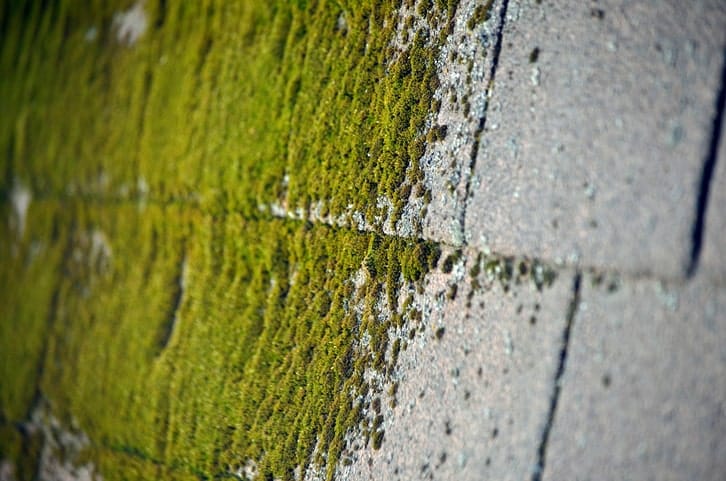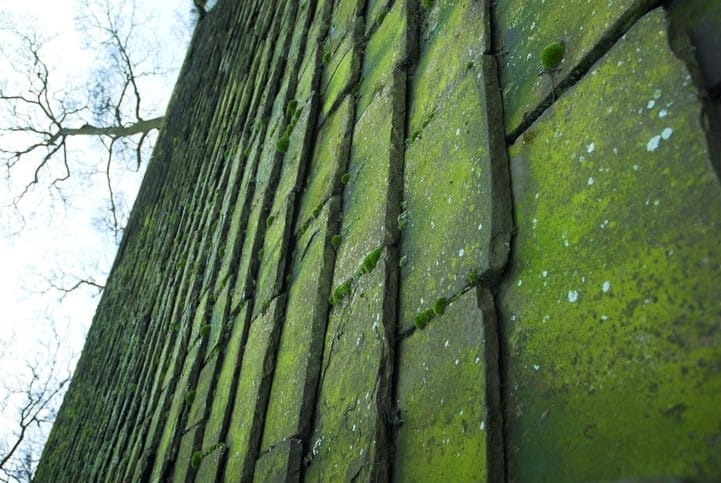Mold On Roof? Use These 11 Tips to Remove It
Mold on roof: this can cause serious harm to your home. Use these 11 tips to remove mold from your roof and keep your home safe and secure.
Without a doubt, your home’s roof is one of its most important structures. The roof provides support, climate control, and safety; it also adds value and aesthetics to the residence. It’s a major investment that will last many years if properly installed and maintained.
However, there is a silent attacker: mold on roof.
Although most people are aware of the ruinous effects of things like loose shingles, missing soffitt, and storm damage, few are able to recognize hazards posed by mold.
Following these guidelines you’ll learn how to identify a mold problem, how to prevent it, and how to get rid of it.
How to Identify You’ve Got a Mold Problem on Your Roof
Microbial overgrowth from algae, moss, mildew, and mold are common in homes located where there is high humidity, or insufficient roof drainage.
Unfortunately most homeowners mistakenly characterize the signs of a mold problem as a cosmetic issue or one of old age.
Here’s what you should look for when looking for mold on roof:
1. Know the difference between algae, moss, mildew and mold
You can’t properly that the problem unless you can accurately identify it. All three organisms pose their own set of complications.
- Algae grows naturally and is normally harmless, but excessive growth in the right conditions causes property damage. It’s distinguished by its green or black-green color that resembles a surface stain. Algae is slick and slimy to the touch.
- Moss is a normally benign organism that grows naturally in many areas. It’s obvious by its fuzzy bright green color.
- Mildew isn’t a healthy organism. Its powdery residue spreads quickly in warm wet climates. Its color varies but is normally light gray-green.
Mold, unlike the other organisms, isn’t a healthy occurrence. It’s unattractive and often smells rancid.
Mold usually grows on moist wood or drywall and is identified by the dark splotches it leaves on the material’s surface.
2. Pay attention to odors
A vacation home that’s been closed up for awhile may smell musty, but if the odor continues after you’ve aired out the space then you may be facing a mold problem.
Odors originating from the attic space are a clear indication that you’re facing mold growth.
3. Prolonged illnesses can be a sign of mold on roof
There are lots of different kinds of mold; although only a relative few are considered toxic. Despite that, even non-toxic mold can still cause significant health problems.
Mold infestations have been found responsible for respiratory issues including infections, excessive runny nose and eyes, worsening of asthma, and even skin rashes.
4. Visual interior signs are evidence of an extensive outbreak
Water intrusion through a roof leak, even a small leak, into the attic and drywall space creates an optimal environment for mold growth. And because these areas are largely enclosed you won’t notice you’ve got a problem until it’s too late.
Discoloration along the joint between the ceiling and wall is a common indication of having a leak. You’ll also find paint around the windows starting to peel or bubble.
Roof mold affects wood in the attic and wood exposed for decorative purposes. Wood gets dark, splotchy, and will often soften.
How to Prevent Roof Mold From Developing
The easiest way to deal with mold on your roof is to prevent it from developing at all.
Take measures during your periodic roof inspection to reduce the circumstances that make your home vulnerable to mold growth.
5. Manicure shade trees
Keep branches of nearby trees trimmed about three feet from your roof line. Overhanging branches cause shade that prevents water from quickly evaporating. Trapped water is a breeding ground for microbial growth that starts generating mold on roof.
6. Keep gutters clean
Remove and dispose of debris, trash, and dirt that gets lodged in your gutters. Clean gutters let water drain from the roof onto the ground.
Clogged gutters trap water on the roof creating the perfect environment for mold to grow on your roof.
7. Install ridge vents
Ridge vents are installed at the peak of a sloped roof.
They allow warm wet air to escape the attic and roof structure. This air flow keeps those areas cooler and drier than they would be without a vent, making them less hospitable for mold, mildew, and other microbes.
8. Apply a moisture and/or microbial barrier
Roofing materials and technology has advanced greatly within the last few decades.
One of those advances is the ability to apply chemicals to your existing roof that repels water, or prevents algae and mold from developing. New roofs are often constructed of materials that have these properties impregnated into them.
Tips to Eradicate Mold From Your Roof
Despite your best intentions and preparation your home may still succumb to mold infestations on your roof.
Luckily, if you catch it early then you can take steps on your own to get rid of it.
9. Apply a bleach solution
A solution of equal parts bleach and tap water can be sprayed onto the affected area to kill the microbes. Allow the solution to penetrate the mold then rinse off with a normal garden hose.
Refrain from scrubbing or using a pressure washer; both can damage asphalt shingles.
10. Install copper or zinc strips
These metal strips prevent algae from growing. Some asphalt shingles are manufactured to include them, but older roofs may not have them.
You can install metal strips in strategic areas such as around the chimney.
11. Vinegar solutions work against moss
A solution of equal parts apple cider vinegar and water has long been touted as an effective herbicide and pesticide. Using it does kill algae and moss, but not mold.
And caution must be taken to protect nearby bushes and plants because overspray will damage them. Vinegar quickly changes the pH of the soil making it inhospitable to most plants.
Final Thoughts
The roof is a vital component of your home’s structure. When properly installed and maintained it provides years of service.
Regular maintenance and repairs, including that which addresses mold, is integral to the longevity of your roof.
Make sure you are able to identify microbial overgrowth and mold on your roof — and take steps to prevent it from developing. If you do wind up with microbial growth, catch it early to properly repair your roof and avoid potential disasters.



